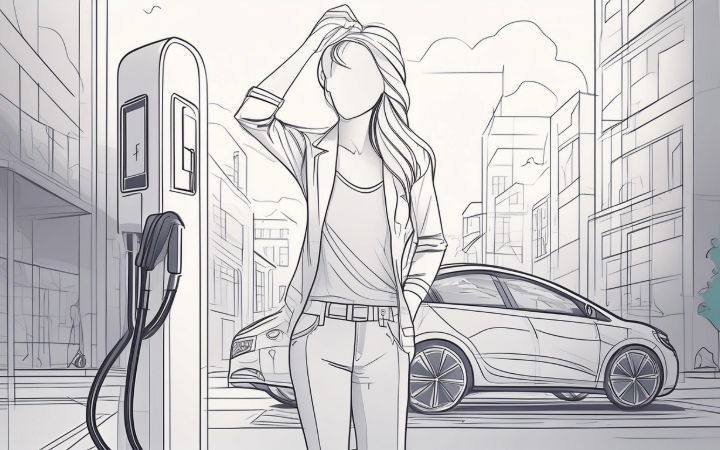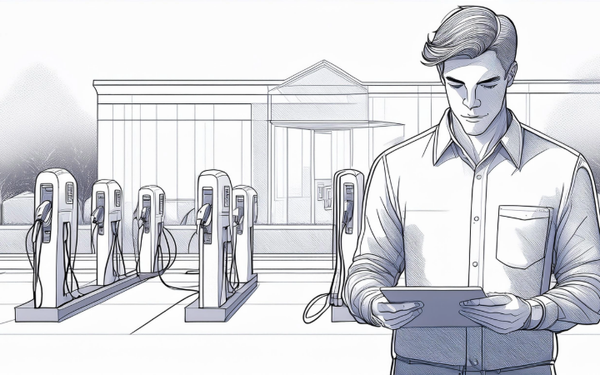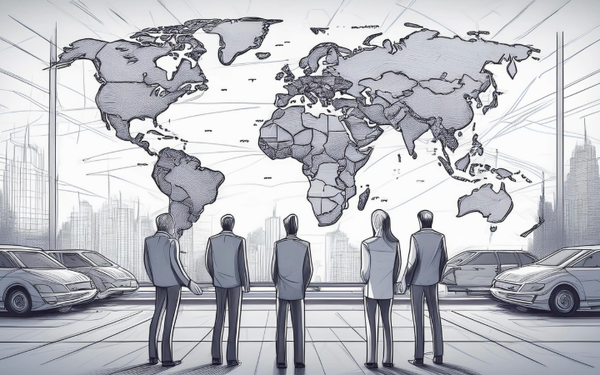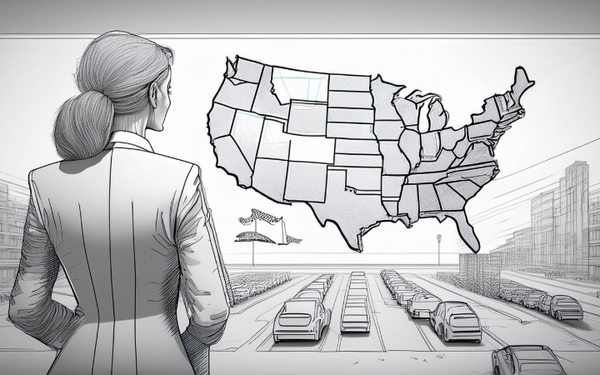Top 5 Things That Annoy People Using EV Charge Points
The user experience at EV charge points can significantly impact the adoption and satisfaction of EV drivers. Here are the top five annoyances according to consumer research.

The user experience at EV charge points can significantly impact the adoption and satisfaction of electric vehicle (EV) drivers. Several common issues can cause frustration among users. Here are the top five annoyances, supported by references to relevant studies and reports:
1. Non-Functional or Unreliable Chargers
Issue:
- Frequent Downtime: Chargers that are often out of service or experience frequent technical issues frustrate users who rely on them for charging their vehicles.
Impact:
- User Frustration: Non-functional chargers can leave drivers stranded or force them to find alternative charging points, causing significant inconvenience.
- Trust Erosion: Repeated encounters with unreliable chargers can erode trust in the charging network, deterring future use.
Reference:
- A survey by the International Council on Clean Transportation (ICCT) found that 25% of EV users have encountered non-functional chargers, which significantly impacts their charging experience .
2. Long Waiting Times and Queueing
Issue:
- High Demand, Limited Supply: In busy areas, a limited number of charging stations can lead to long waiting times, especially during peak hours.
Impact:
- Time Wastage: Drivers may experience significant delays, which is particularly frustrating for those in a hurry or on a tight schedule.
- Reduced Satisfaction: Prolonged waiting times can lead to dissatisfaction and may discourage users from relying on public charging infrastructure.
Reference:
- According to a study by JD Power, long wait times at charging stations are one of the top frustrations for EV owners, particularly at fast-charging locations where high demand often leads to congestion .
3. Complex and Inconsistent Payment Systems
Issue:
- Multiple Accounts and Cards: Different charging networks often require separate accounts, memberships, or payment cards, creating a complex and fragmented experience.
- Payment Failures: Issues with payment processing, such as card rejections or system errors, can further complicate the process.
Impact:
- User Inconvenience: The need to manage multiple accounts and navigate different payment systems adds unnecessary complexity and inconvenience.
- Accessibility Issues: Inconsistent payment systems can be particularly challenging for new EV users or those unfamiliar with the various networks.
Reference:
- Research by the California Air Resources Board (CARB) highlights that one of the main barriers to EV charging adoption is the complexity and inconsistency of payment systems across different charging networks .
4. Lack of Charging Etiquette Enforcement
Issue:
- ICEing: Internal combustion engine (ICE) vehicles parked in EV charging spots prevent EVs from accessing the chargers.
- Overstaying: EVs occupying charging spots long after their charging is complete, blocking access for others.
Impact:
- Accessibility Issues: ICEing and overstaying significantly reduce the availability of charging points for those who need them, leading to frustration and inefficiency.
- Community Frustration: Lack of enforcement of proper charging etiquette can lead to conflicts among users and a negative perception of the charging network.
Reference:
- A survey by PlugShare found that ICEing and overstaying are major complaints among EV users, with over 30% of respondents indicating they frequently encounter these issues at charging stations .
5. Insufficient Charging Speed
Issue:
- Slow Charging Rates: Some charging stations offer only slow or Level 2 charging, which can take several hours to fully charge a vehicle.
- Expectation Mismatch: Drivers expecting a quick charge may be frustrated by slower-than-anticipated charging speeds.
Impact:
- Time Inefficiency: Slow charging rates can be particularly problematic for drivers needing a quick recharge during travel or daily commutes.
- Negative Experience: Mismatched expectations regarding charging speed can lead to dissatisfaction and reluctance to use certain charging stations in the future.
Reference:
- The American Automobile Association (AAA) found that one of the primary concerns for EV drivers is the charging time required at public stations, with many drivers expressing a preference for faster charging options .
Conclusion
Understanding and addressing these common frustrations is crucial for Charge Point Operators to improve the user experience and encourage the broader adoption of electric vehicles. By focusing on reliability, reducing wait times, simplifying payment systems, enforcing charging etiquette, and providing faster charging options, operators can significantly enhance the satisfaction of EV users and foster a more positive charging experience.
References
- International Council on Clean Transportation (ICCT). "Survey on Electric Vehicle Charging Infrastructure." Retrieved from ICCT.
- JD Power. "Electric Vehicle Experience (EVX) Public Charging Study." Retrieved from JD Power.
- California Air Resources Board (CARB). "Barriers to Electric Vehicle Adoption: Charging Infrastructure." Retrieved from CARB.
- PlugShare. "EV Driver Survey on Charging Experience." Retrieved from PlugShare.
- American Automobile Association (AAA). "Electric Vehicle Consumer Survey." Retrieved from AAA.





